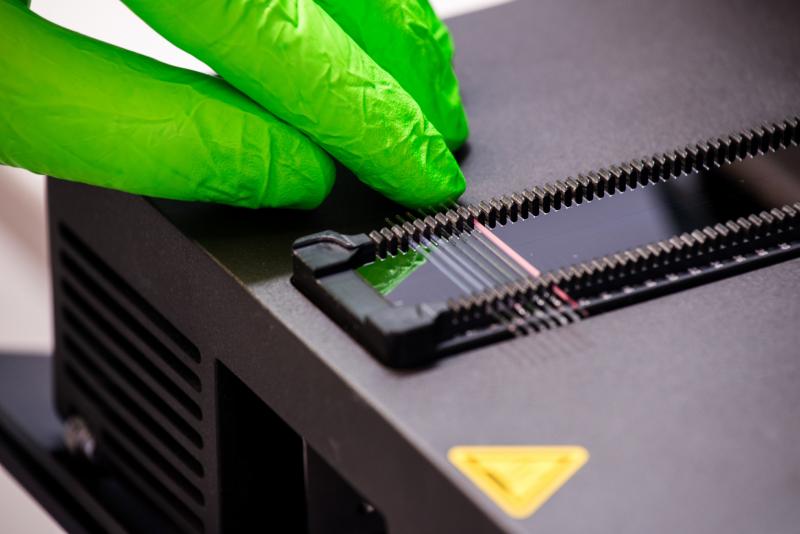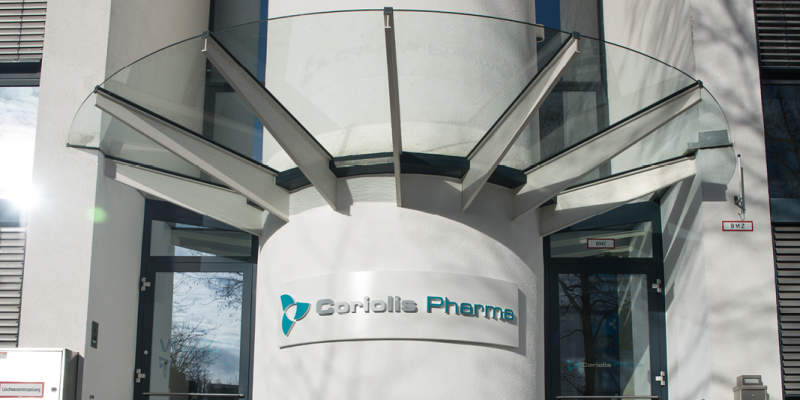Modulating Scanning Fluorimetry (MSF): Unlocking a thermal protein-stability parameter for early drug development

At what temperature does protein unfolding become irreversible? - This new method only needs a few µl of sample to give you the answer.
From the many protein-based biopharmaceutical candidates discovered in early research, only very few will eventually reach clinical trials or even market approval. One reason for protein candidates to drop out is a problem with their thermodynamic stability. Thus, detecting such stability problems in a candidate early avoids high development costs and can reduce the development time of a drug product.
Typically, researchers are looking at several parameters when trying to predict which candidate is thermodynamically most stable: Most of all, the temperature at which a protein unfolds (Tm), the energy required to unfold a protein (ΔHcal), the reversibility of unfolding events, and interactive forces between proteins (kD, B22), amongst several others. While using these parameters certainly reduces unnecessary development efforts, stability predictions are not always accurate and there is a large interest in adding more predictive parameters to the portfolio.
One parameter that has so far not been included in early stability predictions is the temperature at which protein unfolding becomes irreversible (Tnr). This is because determining Tnr with current methods (such as differential scanning microcalorimetry (µDSC)) requires large amounts of sample and long run-times – two rarities in early development.
Researchers from the Ludwig Maximilian University (LMU) of Munich and Coriolis Pharma now published a new method that accurately determines Tnr with very small sample quantities (10 µl / few µg of protein) and in only a few hours of experimental run-time. Their method can be performed on already existing equipment (such as the nanoDSF instrument) allowing for a simple adaptation in most labs.
The publication includes several interesting case studies on various proteins for which the analysis of Tnr brought beneficial insights. In addition, further investigations on the predictive value of Tnr by Dr. Hristo Svilenov - the leading scientist behind the current publication and now Postdoc at the Technical University of Munich (TUM) - and the teams at LMU and Coriolis Pharma are ongoing.
Where to go from here?
- Get access to the publication
- Follow Dr. Hristo Svilenov on LinkedIn or ResearchGate to stay updated on new developments.
- Follow Coriolis Pharma on LinkedIn or ResearchGate to receive interesting news and updates.
- Read about nanoDSF, the instrument used for Tnr determination.
- Get access to the MSF Analyser software on GituHub to determine Tnr from experimental data.
- Get in contact with our experts to find out how your drug development can benefit from cutting-edge services











